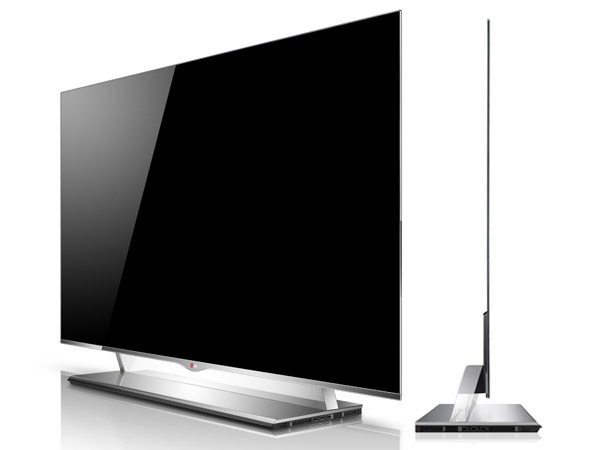While many people have been opting to watch some television programs on their computers, a large percentage of the American population still prefer having a TV set. In fact, even the most modern couples invest in one. Unsurprisingly, manufacturers of television sets are still working on new technologies to improve peoples’ home viewing experiences. One invention such is the OLED TV. What are OLED TVs? More importantly, how are they different from the average LCD/LED and Plasma units?
The OLED Experience
The OLED TV has not yet been picked up by most other TV manufacturers – only LG and Samsung. A glimpse at the model itself is very satisfying; meanwhile, reviewing its features provides an even better experience. As for the cost, it’s not surprising to note that both models are very expensive. LG’s OLED model is priced at $15,000. On the other hand, the Samsung model costs $900. Both of these OLED models are admittedly pricey but with the features they offer, you would say that the pricing is justified. The magnificent size, the 3D glasses, voice control – the works. But because the Samsung model was released more recently, let’s just focus on that model for this article.
The Perks of the Samsung OLED TV
If watching two different programs has been an issue for you and your partner for the longest time, consider that problem solved with the Samsung OLED TV model. Yes, Samsung has found a way to make it possible to watch two different programs at the same time. With the 3D glasses and built-in earphones that come with the package, you can watch your favorite sports channel while getting cozy with your partner as she watches Sex and The City. This feature, called the Multi-View Screen, is one of the best selling points of Samsung’s OLED model. Voice control, Gesture recognition and a Quad core processor are also to be expected from this breakthrough TV model from Samsung.
The Downsides
The OLED TV in general is a wonderful experience; however, it doesn’t mean that there are no low points to it. The Samsung model’s Cinema-Smooth feature is not as superb as it was supposed to be – the images are rather dimmed. Moreover, in certain angles, the model seems to have an exposed anti-glare coating.. Finally, for those people who are very meticulous with their home interiors, you will find that this model eats up a lot of space. What’s worse, you can’t do anything about it because the stand comes with the entire package.
All about the Money
As mentioned, the OLED TV is expensive. It was never made to suit a household that lives on a tight budget. Of course, you can always wait for its price to go down, assuming that you really are that determined to get that OLED TV in your living room. Unfortunately, you might have to wait a while since the OLED technology has only been adapted by LG and Samsung. Therefore, the chances of the OLED TV’s price going down are not likely. At this point, though, since the OLED technology used by both manufacturers are not yet in perfect conditions, you might want to keep your money in the bank and sit tight while waiting for a newer and better version of the OLED TV.
The Future of Home Viewing
As it is, the future of home viewing is predicted to get better as breakthrough technologies such as OLED hit the TV manufacturing industry. If the other manufacturers pick up on this breakthrough technology soon enough, the LCD/LED and Plasma TV’s prices would most probably go down. Or, as the case may be, a drastic drop in the sales of LCD/LED and Plasma TV’s just might be the reason for these models to be scraped off the market permanently. We can only wait and see what happens next. That alone is interesting enough, isn’t it?

